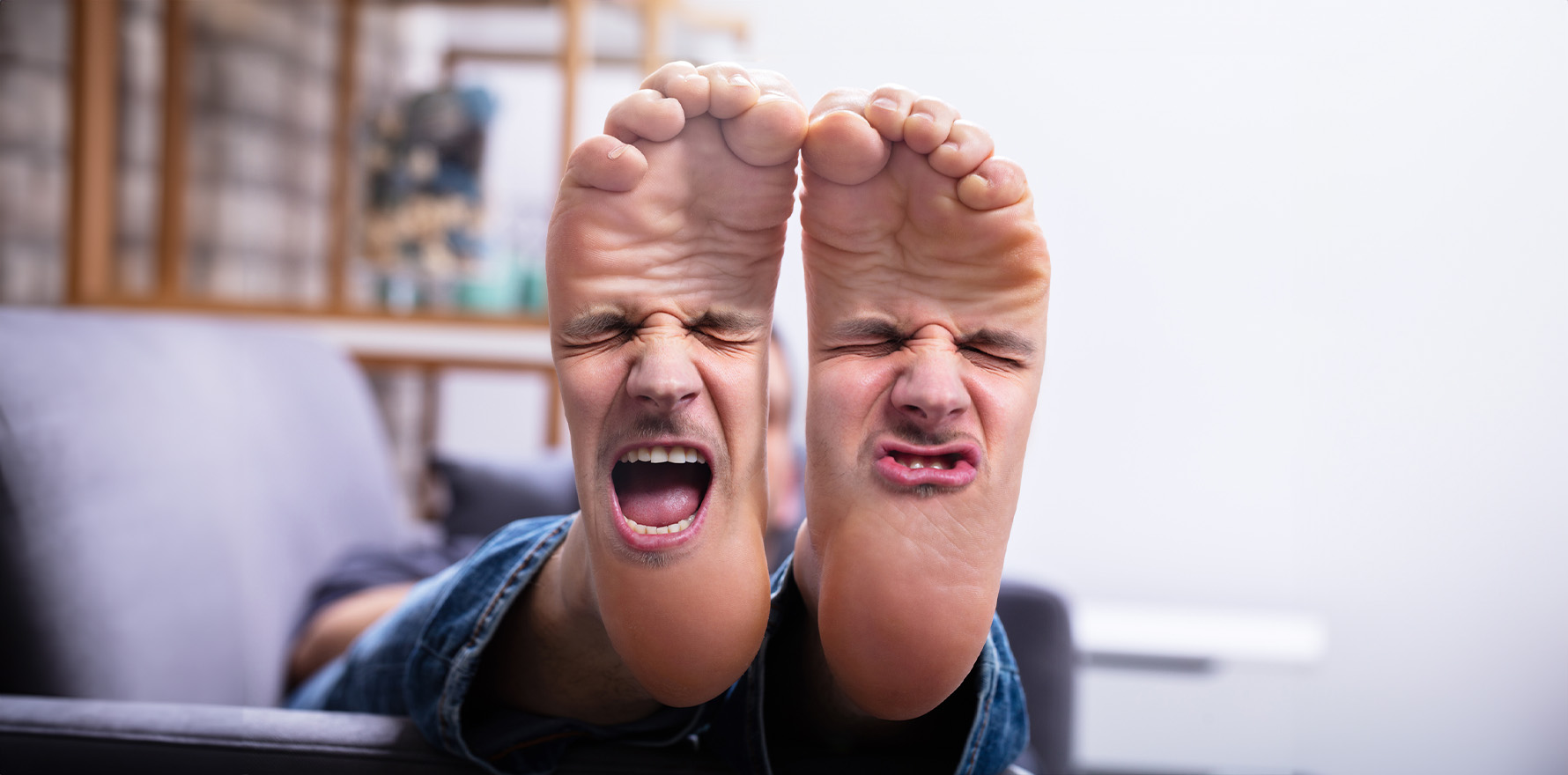The AMA wants to stamp out the practice of podiatrists referring to themselves as surgeons.
Thanks to new cosmetic surgery laws, only two types of Australian health professionals are allowed to call themselves a surgeon – doctors and podiatrists. If the AMA had its way, there would only be one.
In a new submission to an independent review of podiatric surgeons, the medical association made its feelings known.
“Podiatric surgery is the only form of human medical treatment where a person other than a doctor can take a scalpel and cut into a patient,” it said.
“Not only are they able to cut into a patient, a podiatric surgeon with no formal medical degree or surgical training (Fellowship of the Royal Australasian College of Surgeons – FRACS or equivalent) can then operate on bones, tendons, joints and undertake internal fixation with screws for example.”
They can even do joint replacements, the AMA said, adding “on a human” in parentheses.
According to the consultation paper, there are just 41 podiatrists in Australia with specialist registration as a podiatric surgeon, making up less than 1% of the profession.
They typically work in private hospitals or day procedure centres and treat conditions like bunions, hammer toes, painful corns, ingrown toenails and tendon or ligament pain.
The Australian College of Podiatric Surgeons has made a number of submissions to the Medical Services Advisory Committee in the past, requesting to be allowed to bill to Medicare. So far, all attempts have been rejected.
Despite their small number, podiatric surgeons generate a lot of complaints – they have a notification rate eight times higher than that of other podiatrists.
Common concerns include inadequate or inappropriate treatments, incorrect diagnoses and billing practices.
The core of the AMA’s gripe is that patients may read the title “surgeon” and assume they’re dealing with a medical doctor who has completed training in a surgical specialty.
“For example, a consumer presenting to a health care professional for a bunion that requires surgery could see a podiatrist who does surgery or an orthopaedic surgeon,” the association said.
“Allowing the podiatrist to call themselves a surgeon could suggest to the consumer that the podiatrist and the orthopaedic surgeon have equivalent qualifications as they can both use the title surgeon.”
Earlier this year, the AMA campaigned in support of restricting surgeon as a title, after a string of mainstream media reports exposed poor clinical practices in the cosmetic surgery industry by doctors who had not completed accredited post-graduate surgical training.
Now, only doctors who hold fellowship with the Royal Australasian College of Surgeons, the Royal Australian and New Zealand College of Ophthalmology or the Royal Australian and New Zealand College of Obstetrics and Gynaecology can legally use the title of surgeon.
“There is always the potential for significant harm associated with the practice of surgery, and patients should be able to rely on the fact that a practitioner who uses the title surgeon is a medical practitioner who has had formal surgical training and remains a fellow of a surgical college,” the AMA said.
The peak body for podiatric surgeons, the Australasian College of Podiatric Surgeons, has not published its submission to the independent review on its site, but president Dr Robert Hermann did pen a response to an AMA media release on the topic of restricting the surgeon title.
It was, he said, “another example of culturally embedded medical dominance under the guise of this public safety rhetoric”.
“For 43 years, the ACPS has provided efficient, cost effective and safe care for the Australian community,” Dr Hermann said.
“This commitment to fulfilling the college’s values of service, integrity, respect, compassion and collaboration is met with continual public misinformation and negative criticism by some influential sectors within the medical profession.”
ACPS, he said, remained open to collaboration with the medical profession.


